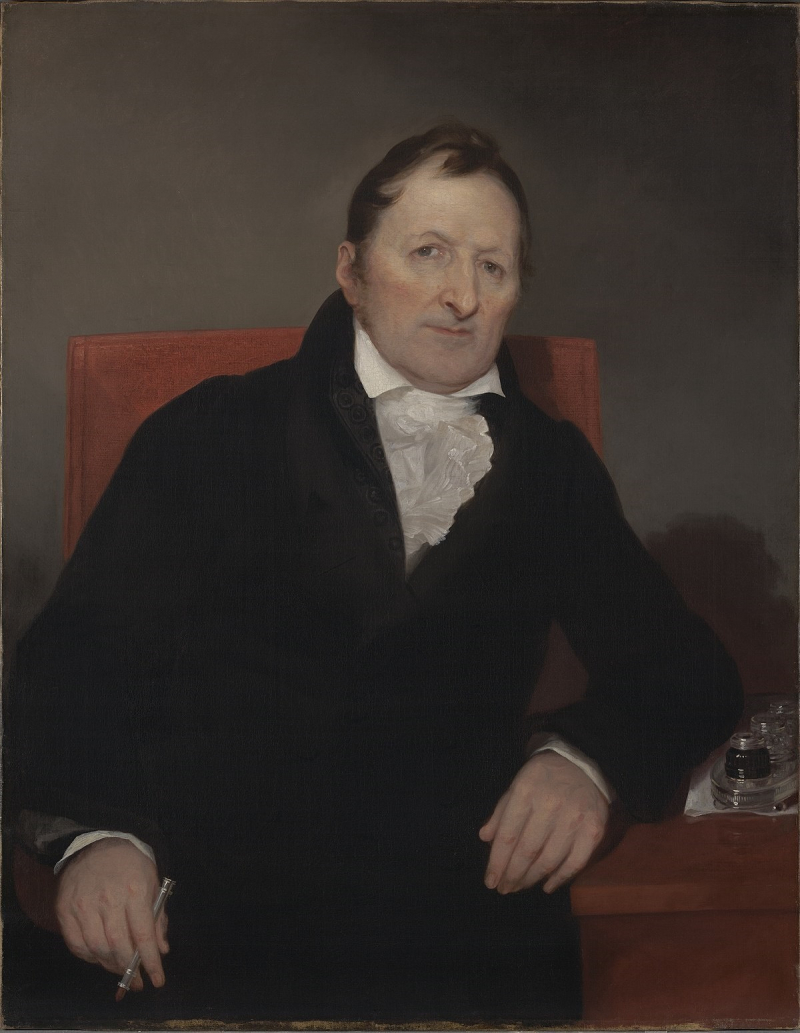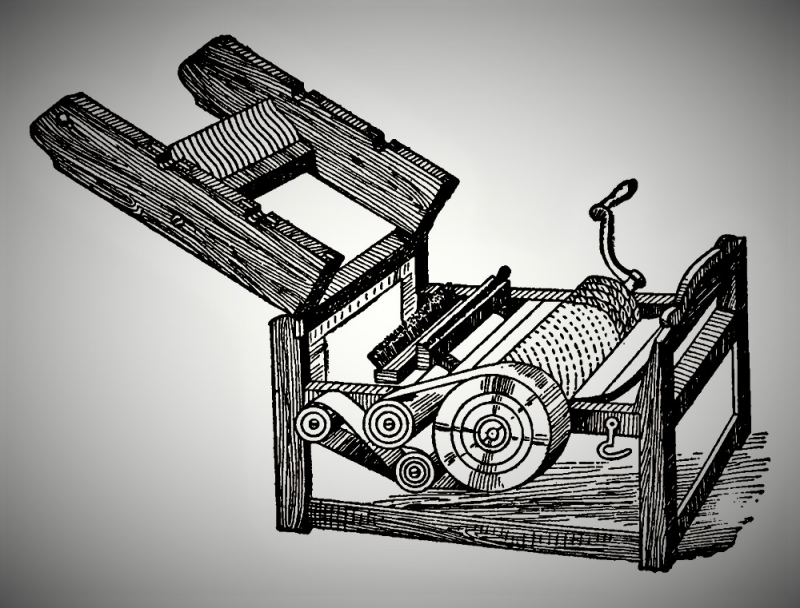Eli Whitney Jr.
Eli Whitney Jr. was an American inventor best known for creating the cotton gin, one of the fundamental technologies of the Industrial Revolution that changed the Antebellum South's economy.
Whitney's invention turned upland short cotton into a lucrative crop, which strengthened the economic basis of slavery in the United States and prolonged the institution. Whitney himself had believed that his invention would lessen the need for enslaved labor and help hasten the end of southern slavery. Eli Whitney Jr. wasted a lot of money in court fights over cotton gin patent infringement despite the positive social and economic effects of his technology. After that, he focused on obtaining government contracts for the production of muskets for the recently founded United States Army. He continued to manufacture weaponry and develop it until his death in 1825.
The cotton gin is a mechanical device that extracts the seeds from cotton, a traditionally labor-intensive procedure. Gin is an abbreviation for the engine. Whitney built several ingenious household devices while staying at Mulberry Grove, prompting Mrs. Greene to introduce him to some businessmen who were discussing the feasibility of a machine to separate the short-staple upland cotton from its seeds, work that was previously done by hand at the rate of a pound of lint per day. Whitney created a model in a few weeks. The cotton gin was a wooden drum with hooks that drew cotton fibers through a mesh. Cotton seeds were unable to pass through the mesh and dropped outside. Whitney periodically related a tale about how he was thinking about a better way to seed cotton when he was inspired by seeing a cat attempting to drag a chicken through a fence and only being able to pull through some of the feathers.
A single cotton gin can produce up to 55 pounds (25 kg) of cleaned cotton each day. This aided the economic development of the Southern United States, a primary cotton-growing region; some historians argue that this invention enabled the African slavery system in the Southern United States to become more sustainable at a crucial point in its evolution.
Born: December 8, 1765 (Westborough, Province of Massachusetts Bay, British America)
Died: January 8, 1825 (New Haven, Connecticut, U.S.)












